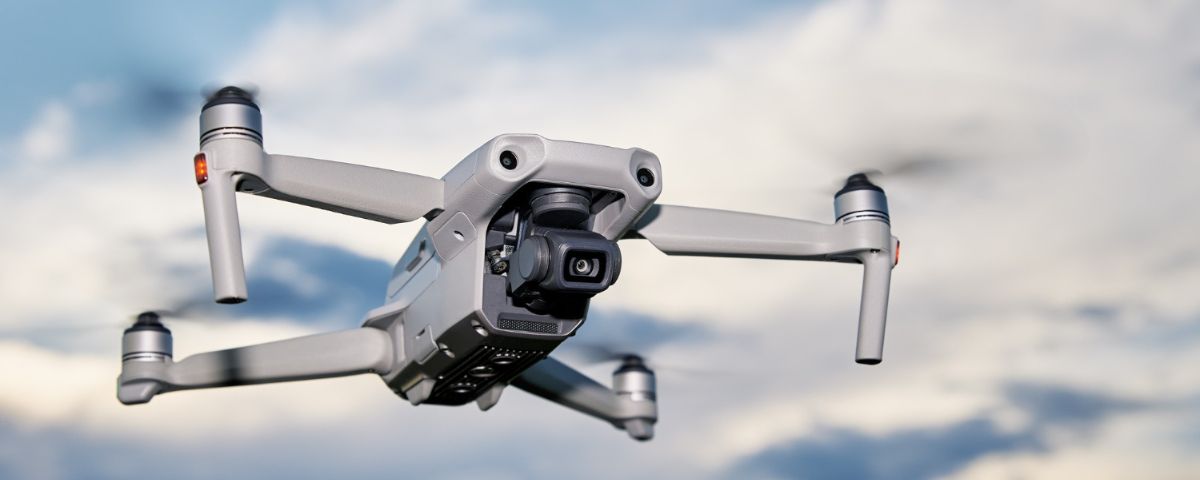
Nokia and Rohde & Schwarz jointly announced the Federal Communications Commission (FCC) certification of the Nokia Drone Networks solution, marking a significant milestone as the FCC’s first full certification of a native 4G/5G drone-in-a-box solution. The purpose of this innovative solution, designed by Nokia, is to serve as a shareable data collection platform with diverse applications, particularly in the realm of public safety. Thomas Eder, Head of Embedded Wireless Solutions at Nokia, explained that similar to a “ride share” concept for cars, industrial users will have the capability to schedule a Nokia Drone Networks flight for data collection, contributing to improvements in operational efficiency, worker safety, and other key performance indicators (KPIs) relevant for enterprises.
Nokia’s drone solution, which operates seamlessly using 4G and 5G cellular networks natively, stands out from other certified drones and systems that predominantly rely on alternative communication protocols such as Wi-Fi or additional modules to enable cellular connectivity. According to Eder, the inherent 4G/5G connectivity allows Nokia’s drone to leverage the broader coverage and higher data throughput offered by cellular networks for both control and data transmission, making it a robust and integrated solution “by default.”
The development of Nokia’s drone solution has been a multi-year endeavor, with initial feasibility studies on LTE-connected unmanned aerial vehicles (UAVs) commencing around 2015, followed by pre-commercial projects and research activities in 2017. The solution has already found practical application, with Belgian telecom operator Citymesh utilizing it to enhance emergency response efforts. In emergency situations, strategically placed drones swiftly gather information, enabling first responders to assess situations before entering an area.
The United States sees diverse use cases for Nokia’s drone solution, particularly in public safety scenarios involving police and firefighters. Other applications include powerline inspection, agriculture, perimeter security, ports, and oil & gas. The FCC’s certification process for Nokia’s drone emphasized the safe and reliable use of cellular networks for communication. It involved ensuring that the drone doesn’t cause harmful interference to cellular networks and complies with all safety and operational guidelines stipulated by the FCC.
Nokia’s achievement of “full certification” signifies a comprehensive review and approval by the FCC of the entire system, encompassing all hardware components. This “full stack” approach covers the drone, parachute, payload (HD + video camera), battery, connectivity, and docking station/box. The solution supports a broad spectrum of 3GPP spectrum bands and global 4G/5G spectrum options. Eder highlighted that the use of 3GPP spectrum for drones is a widely discussed topic, and Nokia is prepared to assist customers and regulators with appropriate frequency selections. The CE and FCC type approval activities conducted by Nokia for its BVLOS (Beyond Visual Line of Sight) solution set new quality standards, instilling confidence and addressing concerns for spectrum regulators in enabling access to industrial drones.



